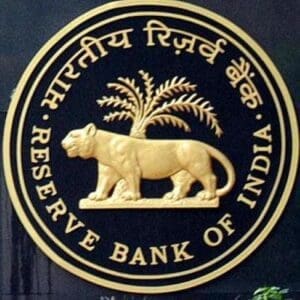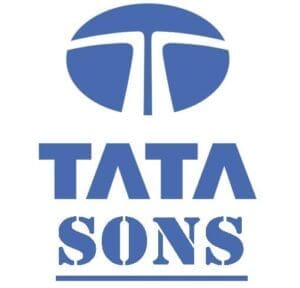

TATA – RBI Clash
In a groundbreaking announcement on September 14, the Reserve Bank of India (RBI) unveiled a roster of 15 Non-Banking Financial Companies (NBFCs) earmarked as upper-layer entities. This exclusive list featured major players, including Tata Sons and Tata Capital Financial Services. This categorization comes with significant implications, demanding these entities to undergo a stringent regulatory framework and make a market debut within three years. However, Tata Sons, the principal investment holding company of the distinguished Tata Group, is carefully considering strategic alternatives to circumvent this upper-layer classification and the subsequent stock market listing mandate.
The RBI’s Upper-Layer NBFC Classification
The RBI’s decision to classify certain NBFCs into an upper echelon is rooted in the intention to foster broader ownership and ensure strict adherence to regulatory guidelines. Tata Sons, a key player in the Indian business landscape, found itself in this category as of September 2022. The RBI now mandates that Tata Sons prepares for a potential stock market listing by September 2025. However, recent reports suggest that Tata Sons is meticulously evaluating various strategic avenues to elegantly sidestep this classification.
Exploring Strategic Alternatives
Among the myriad of options on the table, a standout consideration is the prospect of an Initial Public Offering (IPO) for Tata Sons. The potential valuation for this IPO is staggering, estimated to be around Rs 11 lakh crore, making it a landmark event in the Indian financial landscape. A 5% stake offering at this valuation would translate to a remarkable Rs 55,000 crore. Notably, Tata Capital Financial Services, another significant subsidiary of Tata Sons, is also in the upper-layer NBFC list. The proposed strategy involves merging Tata Capital Financial Services into Tata Capital, presenting them to the market as a consolidated powerhouse.
Evaluating the Potential IPO and Market Impact
The notion of going public through an IPO is a significant strategic move for Tata Sons. Apart from infusing considerable liquidity, it also offers an opportunity to showcase the strength and potential of the conglomerate to a wider investor base. However, there’s a cautious undercurrent regarding a potential valuation discount that Tata Sons might face as a holding company. Investors typically factor in such discounts during the valuation phase, posing a strategic challenge that Tata Sons needs to navigate.
Navigating Regulatory Mandates and Streamlining Structure
It’s crucial to note that Tata Sons had initially contemplated seeking an exemption from the RBI’s upper-layer NBFC classification announced in 2022. However, the current focus is on evaluating various strategic alternatives to seamlessly navigate this regulatory requirement. The objective is to streamline the corporate structure, creating a formidable unified entity with a robust capital base, aligning with the regulatory guidelines set forth by the RBI for a listing-ready structure.
The Tata Group: Pioneers of Indian Industry
The Tata family, with its roots deeply embedded in Indian business history, has been a pioneering force. The founder of the family’s fortune, Jamshetji Tata, laid the foundations for a legacy that endures today. Over the years, the Tata Group has diversified and expanded its presence across various sectors, ranging from steel and engineering to hospitality and aviation. The Group’s commitment to innovation, ethical practices, and societal development has solidified its position as a cornerstone of the Indian business landscape.
Looking Ahead: A Pivotal Journey for Tata Sons
The journey ahead for Tata Sons promises to be a captivating tale of strategic decision-making and market finesse. As the conglomerate evaluates its options to navigate the RBI’s upper-layer NBFC classification, the industry watches with keen interest. Tata, an icon in India’s corporate fabric, is on the verge of a transformation that could unlock its true potential and set new standards in the business realm.
Conclusion
Tata Sons stands at a crossroads, armed with the potential to redefine its trajectory. The path it chooses will determine not only its own destiny but will also set a precedent in the Indian financial market. As we await the unfolding chapters in Tata’s ever-evolving narrative, one thing is certain – the journey will be both momentous and defining.